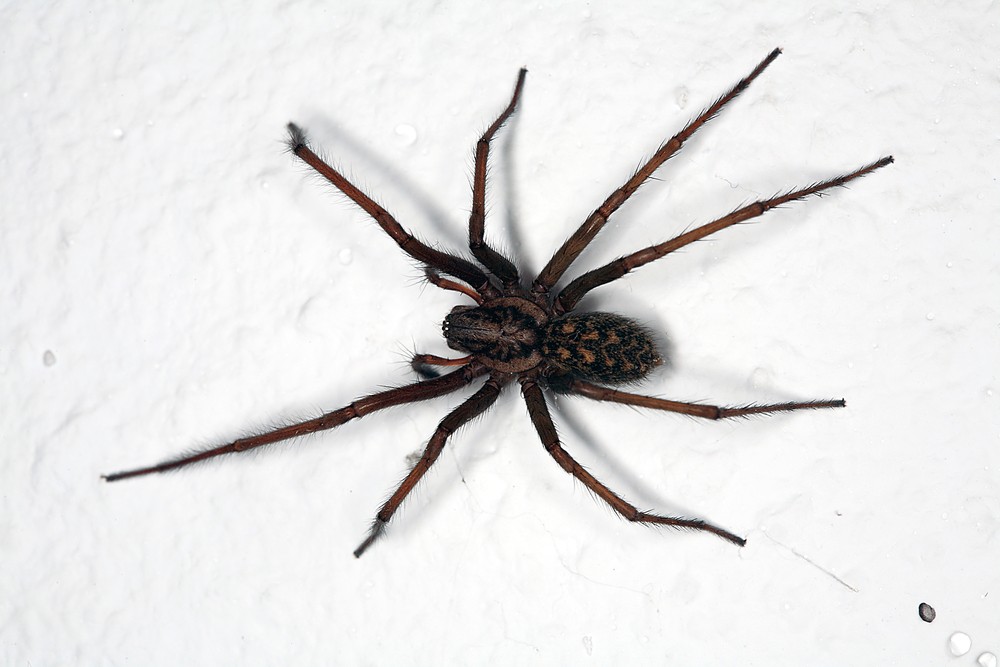Category: Spiders
Parson Spider
Herpyllus Ecclesiasticus

Details
Size
Length: >1"
Width: >1"
Color Brown / Black
DIVERSITY Sole Species
Summary
The spider species Herpyllus ecclesiasticus is commonly called the eastern parson spider, after the abdominal markings resembling an old-style cravat worn by clergy in the 18th century. It is mainly found in Central USA, with finds stretching from North Carolina to southern Alberta, Canada.
Although this spider presents a startling appearance, living indoors as it frequently does, it is completely harmless to humans or their pets.
Habits
The parson spider is a nuisance in homes and is generally non-toxic; although some people may experience allergic reactions to the bites. The parson spider is about 1/2 inch long and may vary in color from brown to black. The front segment of the body tends to be a chestnut color, while the abdomen is grayish with a distinctive white or pink pattern along its middle. The body is covered with fine hairs, giving a velvety appearance.
Habitat
The parson spider is usually found outdoors under rocks or in piles of brush or firewood. This spider does not spin a web, but wanders on the ground in search of prey. Indoors, this spider wanders about at night and conceals itself beneath objects or in clothing during the day.
Threats
Most bites from this spider occur at night or when it is trapped in clothing. While the parson spider is not considered venomous, bite symptoms are variable in severity. Some people may experience localized allergic swelling and itching in addition to initial pain. A few persons may experience excessive swelling, nervousness, nausea, sweating and elevated temperatures from the bites.
Prevention
Preventing ground spiders and other hunting spiders starts with eliminating their food. Since these spiders eat insects that crawl, inspect the outside for insect entryways. Ground-level entrances should be closed. Check exterior doors to be sure they close properly. Replace any missing weather-stripping. Check basement windows and crawlspace vents for proper screens. Squares of plastic screen can prevent insects from using weep holes as entrances to the home.

Causes Property
Damage

Inhabit Nearby
Foliage



































































